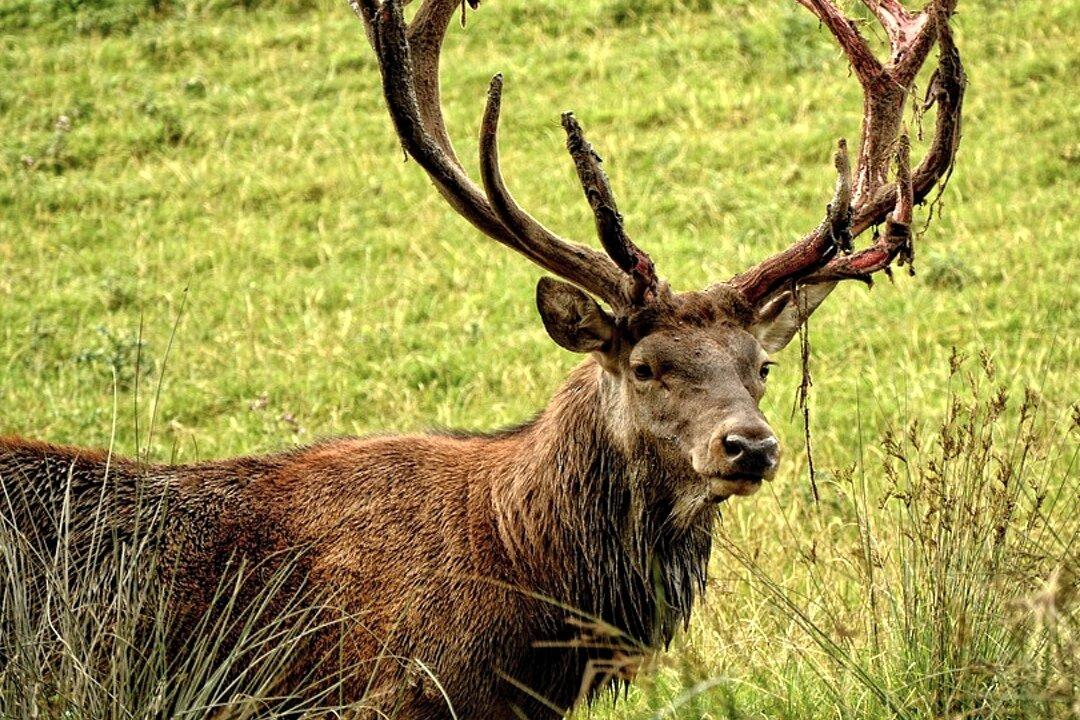A man in Northern Michigan spotted the rarest of the rare deers on his property on May 29—a ‘pitch black’ deer caused by an extremely uncommon genetic mutation.
“I see a lot of critters up here but I have never seen nor even heard of one of these. I was taking my trailer back to my pole barn property yesterday and so drove past the driveway in order to back in,” John Roach wrote on Facebook.





